Sony LSPX-S2 Glass Speaker REVIEW
Summary
Sony LSPX-S2 Glass Speaker REVIEW
Sony’s new speaker is a real head-turner and comes across as a gimmick, but PAT PILCHER sees the bright side: it’s a candle, too!
$899.95
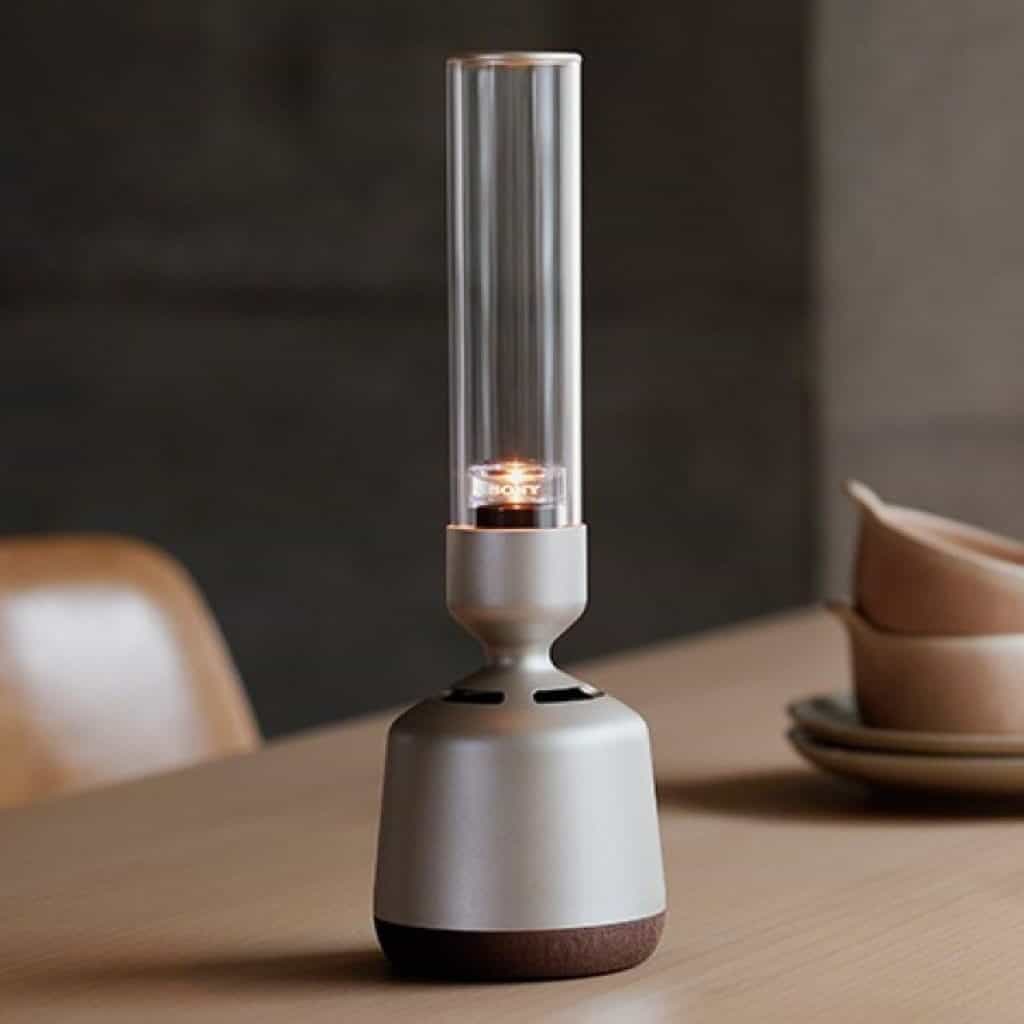
You’ve got to hand it to Sony. Where most wireless speakers get made from Tupperware, Sony has used a glass tube instead of a tweeter. If that isn’t enough, they’ve made it into something that doubles as an electronic candle. Sony calls it the LSPX-S2. Because this doesn’t exactly roll off the tongue, I’m calling it the Glass Speaker instead.
If like me, you’re scratching your head and thinking “WTF?”, the short answer is “Well, why not!”. There is a method to Sony’s madness.
The market is awash with portable speakers. Sony needed a solid point of difference to stand out from the maddening crowd. Differentiation aside, the glass speaker also sounds good.
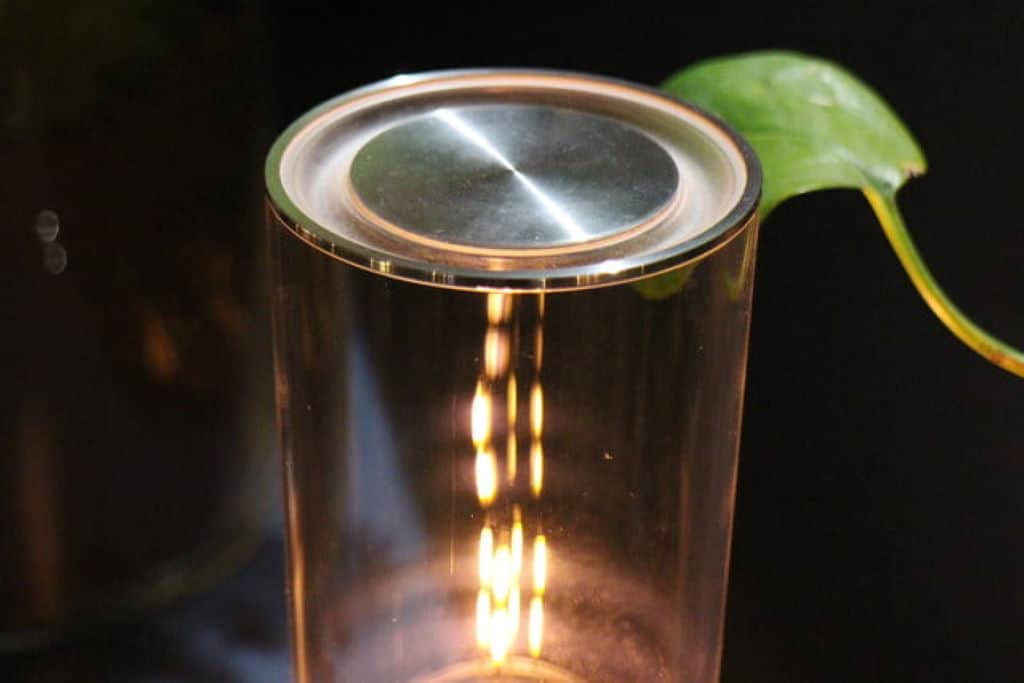
The Glass Speaker’s avant-garde design might seem like a curious thing to aim for, but it is charming. It also stands on its own merits from a technological standpoint.
From a design perspective, the glass speaker has a cool cyberpunk retro-tech feel to it. While it won’t blend into your home décor, doing so would defeat the purpose of its quirky design anyhow.
During this Sony Glass Speaker review, I struggled to think what it reminded me of. Then it finally dawned on me: an old-school primus gas camping lantern. It has a neat vintage look that also reminds me of old school valve radios. Most important of all, it doesn’t look like any portable speaker I’ve ever seen.
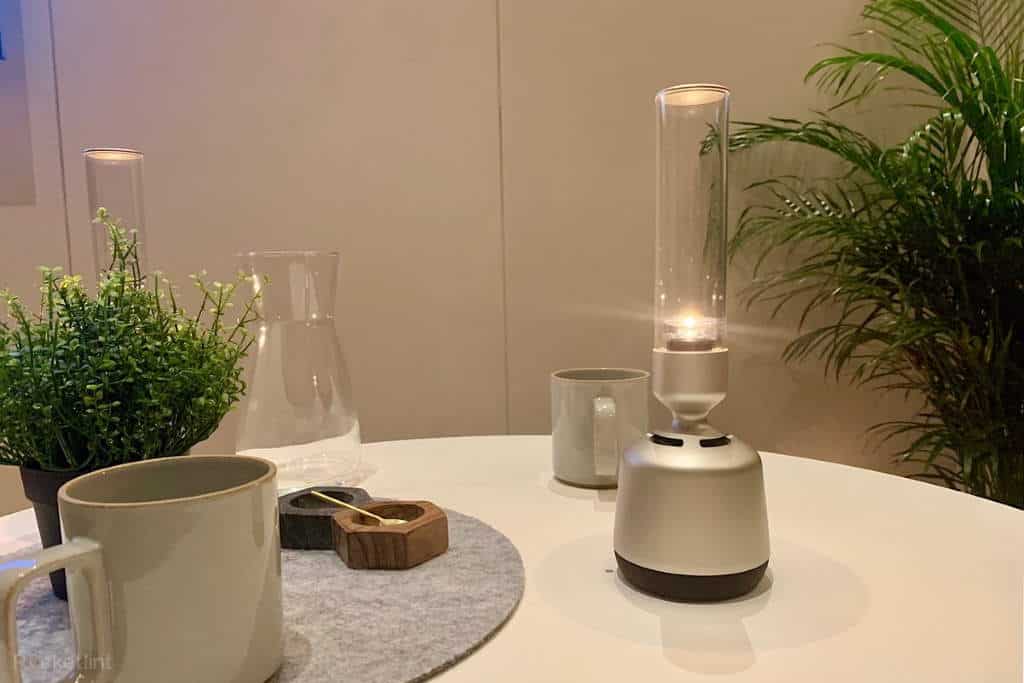
Designing the glass speaker so it doesn’t blend in with other knick-knacks strikes me as a smart move by Sony. It’s a great conversation piece, and its LED candle illumination adds ambience. Most wireless speakers rely on digital signal processing for a wide sound field. The Glass Speaker delivers a convincing 360-degree audio effect driven by its physical design, which results in more natural-sounding audio.
In short, it feels retro – but in a good way. In an age of personality-free electronics, it’s a refreshing and dare I say it, a pleasing vibe too.
I found the glass speaker to be a great dining companion. This was thanks to the addition of a small warm white LED on the base of the glass tube. Using Sony’s Music Centre app, I could adjust brightness levels and set it to a candle-like flickering effect. Not only was it an elegant way of adding music to dinner, but candle-lit dining also has a lot going for it.
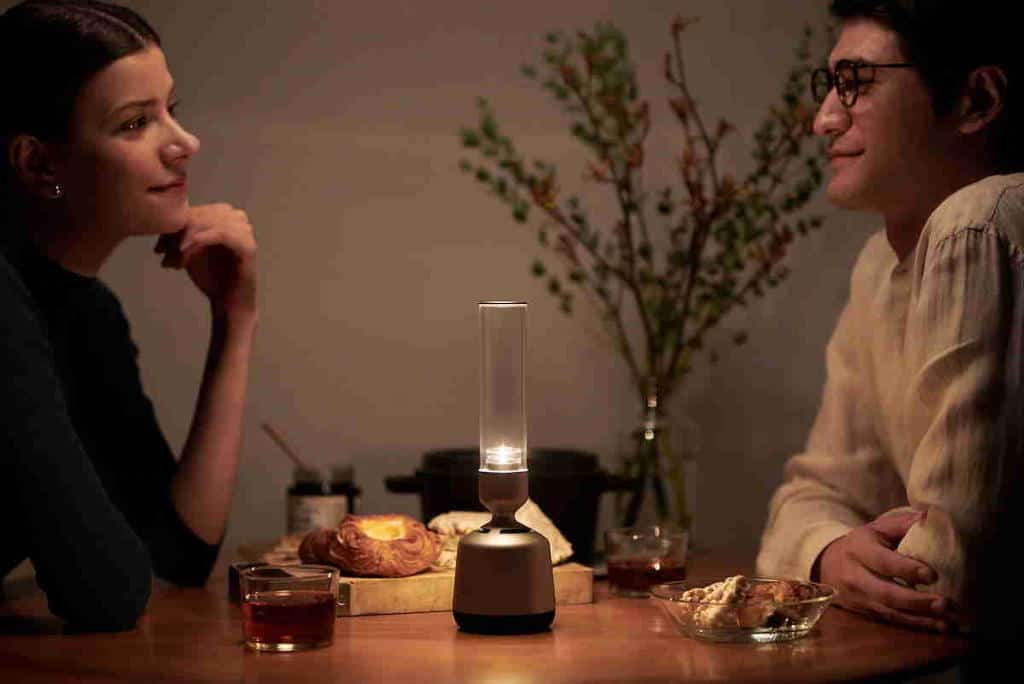
By now, many of you are shouting, “Why would I spend $899.95 on a candle!” The answer is simple. The Glass Speaker sounds a lot better than its quirky design would have you believe. That said, it should sound good, given its steep sticker price.
So, how does the whole audio thing work? The heavy alloy base houses an actuator. This vibrates the glass tube to create crisp and detailed highs. Mids and bass come via a midrange driver and a passive radiator housed in the alloy base.
I found the volume levels I got were good, especially given the petite size of the Glass Speaker. I got the best results using acoustic music rather than headbanger fodder.
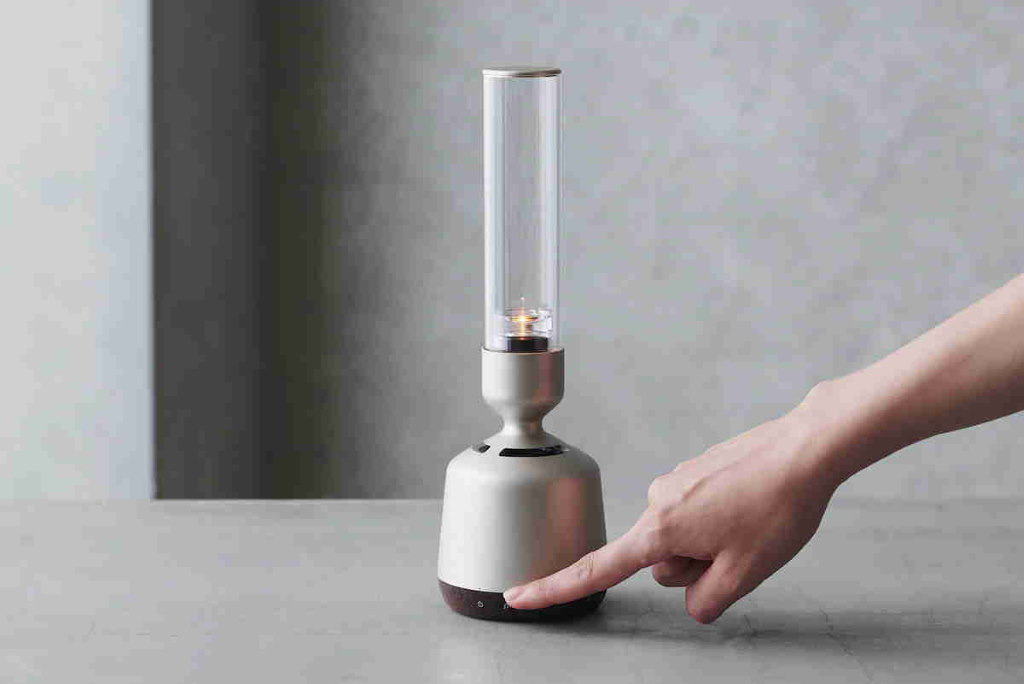
Many readers may groan at Bluetooth audio, but the Glass Speaker supports LDAC. This is excellent news for Android users, most of whose phones support LDAC. It isn’t so crash hot for iPhone users, however. It can only deliver audio using the lower resolution SBC codec to the iOS brigade. The LSPX-S2 also doesn’t support AirPlay. It’ll support hi-res audio via its 3.5mm headphone jack but its Wi-Fi only works with Spotify.
Battery-wise, I managed, on average, to wring out close to eight hours of use during this Sony Glass Speaker review, which isn’t too shabby. I did find charging to be very slow. Because of this, I left it plugged in which worked a treat.
The Glass Speaker is a curious beast. It looks like a gimmick but it delivers decent audio and adds in a dash of sparkly ambience too. If it weren’t for its $900 price, Sony would have a real winner on its hands.










